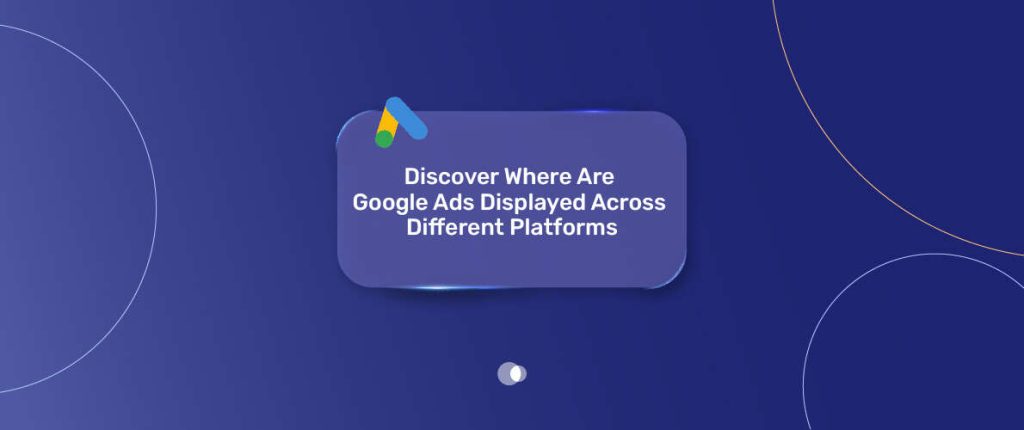If you’ve ever browsed the internet, watched a YouTube video, or searched for something on Google, chances are you’ve encountered a Google Ad — whether you noticed or not. But where exactly are Google Ads displayed, and how does this placement affect your marketing strategy? Partnering with a professional Google Ads agency Dubai ensures your ads appear in the right places for maximum impact.
Table of Contents
In this article, we’ll explore the different places where Google Ads appear, why each placement matters, and how you can leverage this knowledge to optimize your advertising performance — especially when working with top-tier Google Ads optimization services Dubai.
Google Search Network (GSN)
When people think of Google Ads, this is usually what comes to mind first. The Google Search Network is where ads appear alongside the organic search results when someone types a query into Google. These ads blend in with the search experience, often showing up above or below the regular results.
What makes GSN unique is user intent. You’re reaching people who are actively looking for something — a product to buy, a service to hire, a question to answer. That means they’re already halfway down the funnel.
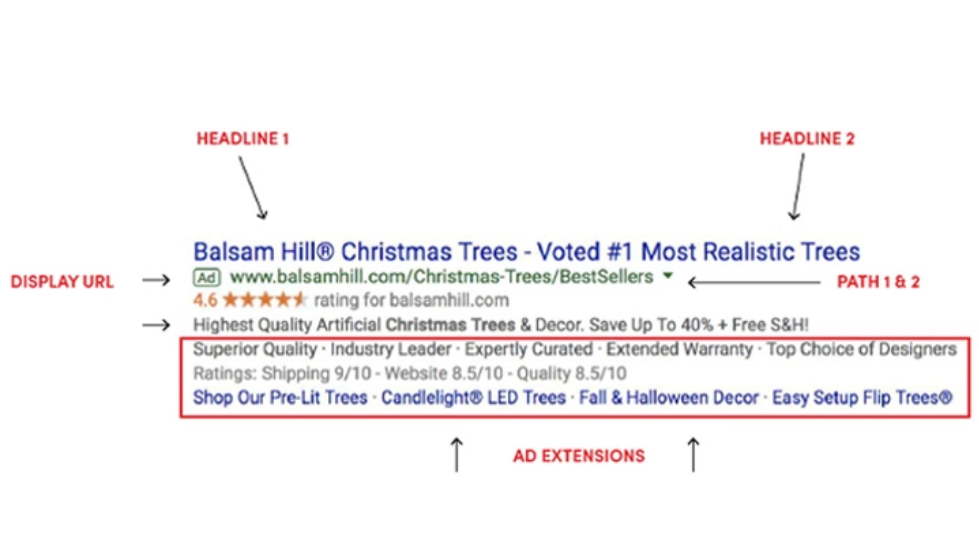
Where do these ads show up?
- Top of the Google search results page (labeled as “sponsored”)
- Bottom of the search results
- Google Search Partners — other sites that use Google’s search technology (like Ask.com or some online directories)
- Google Maps — especially for local service or location-based queries
Why does this matter?
Because when someone types something like “emergency plumber near me” or “best noise cancelling headphones”, they’re not just browsing — they’re ready to act. Your ad isn’t an interruption; it’s a potential solution right when they need it.
Think of it this way: If Display Ads are like billboards people drive past, Search Ads are like the sign right outside your store when someone’s already walking toward it.
Bonus tip:
Use keyword match types, ad extensions (like site links or callouts), and location targeting to sharpen your reach and improve click-through rates.
Google Display Network (GDN)
While Search Ads target people who are actively looking for something, Google Display Network reaches people who might not even know they need you — yet.
The Display Network is Google’s massive collection of websites, mobile apps, and digital platforms where visual ads can appear. Think of banner ads on a news site, a promoted message in your Gmail inbox, or a visual ad popping up inside a weather app.
What makes GDN powerful is its reach: it spans over 35 million websites and apps globally. That means your brand can appear practically anywhere — from well-known publications to niche blogs and hobbyist forums.
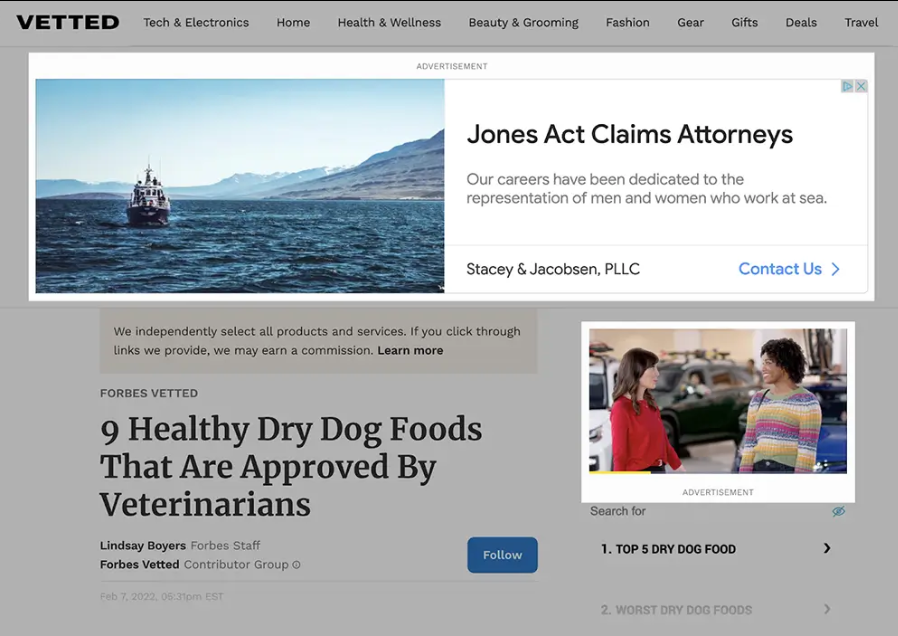
What types of ads appear on GDN?
- Banner Ads: Static or animated image ads
- Responsive Display Ads: Auto-generated ads that adapt to the space available
- Gmail Sponsored Ads: Appear in the Promotions or Social tab like native emails
- In-App Ads: Displayed inside games, lifestyle apps, or tools
- Video snippets: Short auto-play clips within content
Why is this important?
Because you’re not just showing up when someone asks — you’re showing up where they hang out online, which makes GDN great for:
- Brand awareness
- Retargeting website visitors
- Supporting multi-channel campaigns
- Keeping your product top-of-mind
Ever browsed a blog about hiking boots and suddenly seen an ad for the same boots you looked at yesterday? That’s GDN in action — and it works.
Where are they shown?
| Placement Type | Example Environments | User Context | Ideal For |
| Websites | News (CNN, Forbes), blogs (TechCrunch), niche forums | Browsing content, reading articles | Brand awareness, retargeting |
| Mobile Apps | Games, fitness apps, finance tools | Leisure use, frequent interaction | Visual engagement, app installs |
| Gmail | Promotions tab, Social tab | Email checking, exploring offers | Direct response, soft selling |
| YouTube Partners | Videos embedded on third-party websites | Passive viewing | Brand lift, companion ads |
| Embedded Widgets | Weather, sports scores, travel planners | Quick interactions | Subtle reminders, contextual reach |
| In-App Games | Rewarded video ads or interstitials | Game breaks, user opt-in moments | High attention, mobile engagement |
| Google Finance | Investment/trading platforms | Intent-driven niche traffic | Financial products, B2B outreach |
Why does it matter?
GDN helps with brand awareness, retargeting, and reaching users in a more passive browsing mode.
YouTube Ads
As part of the Google ecosystem, YouTube offers powerful video ad formats integrated into its massive platform.
Formats include:
- Skippable in-stream ads
- Non-skippable ads (15 sec)
- Bumper ads (6 sec)
- In-feed video ads (formerly discovery ads)
Where do these ads appear?
- Before, during, or after YouTube videos
- In YouTube search results
- On the YouTube homepage and recommendations
Tip:
Use demographic targeting and interests to narrow your audience — especially important for video.
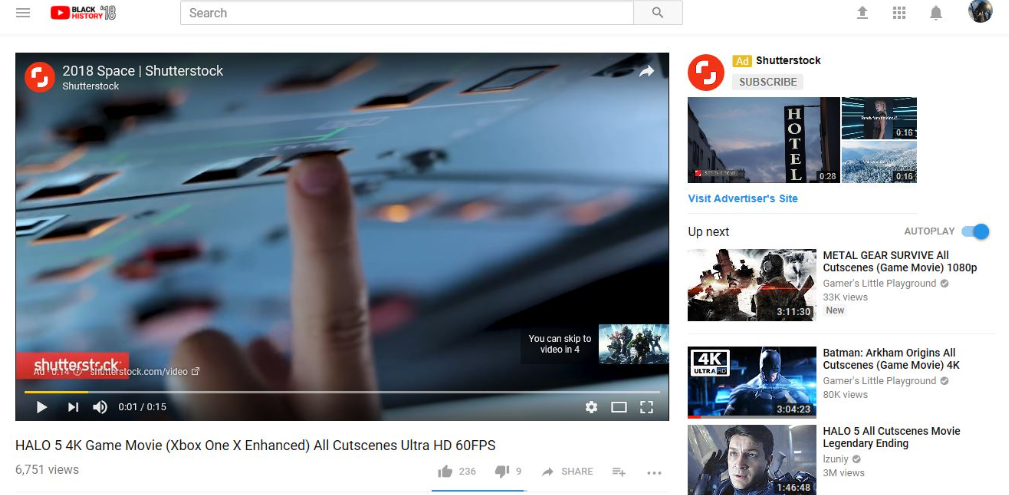
Google Shopping Ads
Shopping ads show product images, prices, store names, and even reviews directly in search results.
Where are they displayed?
- Top of Google search results (carousel)
- Google Shopping tab
- Google Images
- Google Search Partners
Why use them?
Ideal for e-commerce, these ads drive traffic with visual appeal and price transparency.
- Example: Searching “wireless earbuds” will trigger a product carousel with options from Amazon, Best Buy, etc.
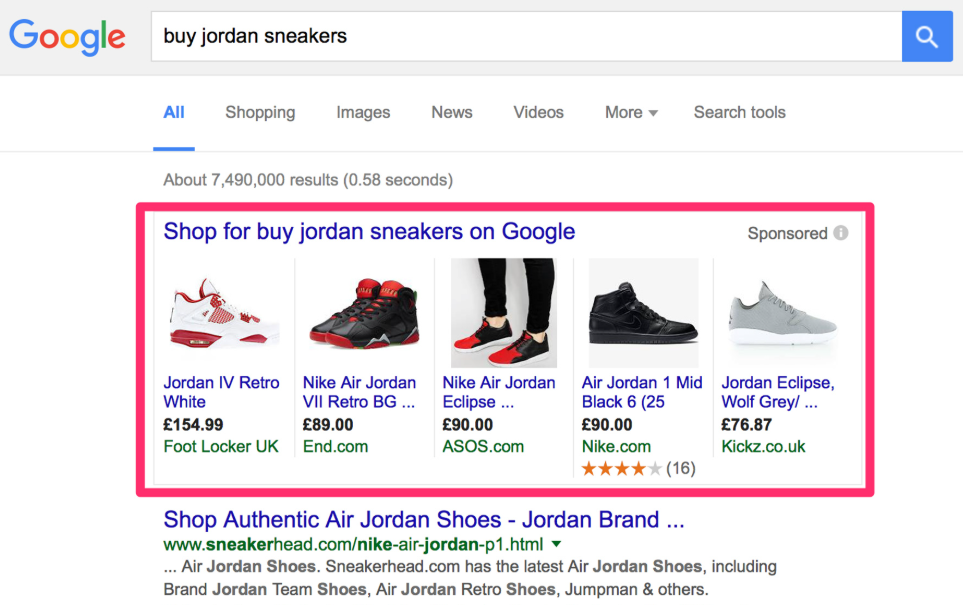
Google Maps and Local Services Ads
Especially useful for businesses with physical locations or local services.
Types:
- Google Maps Promoted Pins
- Local Services Ads (LSAs)
Placement:
- Inside Google Maps app or web interface
- At the top of local search queries (e.g., “plumber near me”)
Why it matters:
It drives foot traffic, phone calls, and appointment bookings for local businesses.
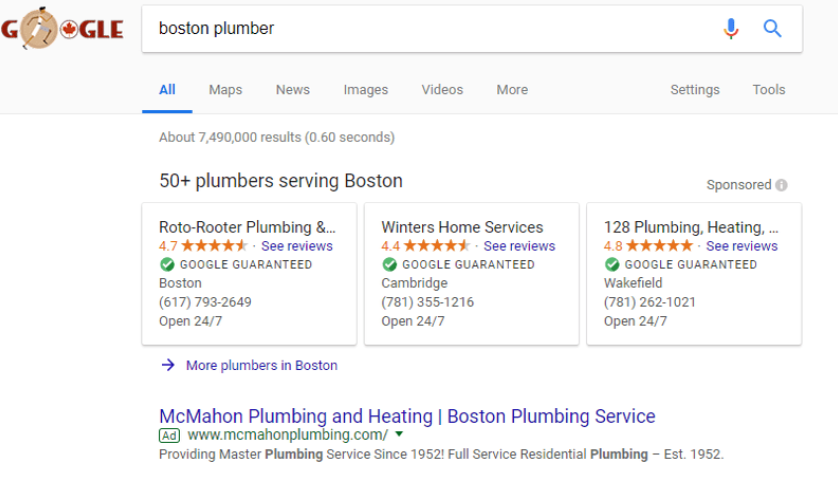
Google App Campaigns
Google’s app promotion campaigns use machine learning to distribute ads across:
- Google Play Store
- Google Search
- YouTube
- Display Network
- Discover feed
How does it work?
Google auto-generates ads and places them where they’re most likely to convert.
However, misconfigured assets or policy violations can sometimes lead to account issues — in such cases, swift Google Ads suspension recovery becomes essential to get your campaigns back on track.
Google Discover and Demand Gen (formerly Discovery)
These ads appear in Google’s Discover feed (mobile app), YouTube Home, and Gmail.
Placement Summary:
| Platform | Ad Positioning |
| Google Discover | Scrolling content feed on mobile |
| Gmail | Top of Promotions & Social tabs |
| YouTube Home | Native carousel recommendations |
Why use them?
Great for top-of-funnel brand awareness using immersive and visual ad formats.
Performance Max Campaigns (PMax)
This newer campaign type automatically places your ads across all of Google’s inventory, including:
- Search
- Display
- YouTube
- Gmail
- Maps
- Shopping
- Discover
Benefits:
- Simplified campaign management by Google Ads management Dubai.
- Google’s AI optimizes performance across all channels
- Unified reporting and attribution
Tip:
Use strong creative assets (images, videos, headlines) and conversion tracking for best results.
Google Search Partners
Search Partners are non-Google websites that also show Google Ads.
Examples:
- Ask.com
- Amazon (some queries)
- Smaller niche search engines
These placements can be toggled on/off at the campaign level.
Third-Party Apps & Game Ads
Especially relevant for mobile ad campaigns — your ads can appear in mobile games or utility apps.
- Display banners
- Video interstitials
- Rewarded video ads (user watches an ad to unlock a feature)
Recap Table: Where Are Google Ads Displayed?
| Channel | Placements | Best For |
| Search Network | Google Search, Maps, Search Partners | High-intent searches |
| Display Network | Websites, apps, Gmail, blogs | Awareness, retargeting |
| YouTube | Video ads before/during content | Engagement, storytelling |
| Shopping Ads | Search, Shopping tab, Google Images | E-commerce, direct sales |
| Maps & Local | Promoted pins, LSAs | Local leads, foot traffic |
| App Campaigns | Play Store, YouTube, Search, Display | App installs and engagement |
| Discover / Demand Gen | Discover feed, YouTube, Gmail | Visual storytelling, awareness |
| Performance Max | All of the above, automated by Google AI | Full-funnel optimization |
Final Tips for Advertisers
Match intent with placement:
- Don’t run display ads when you’re trying to capture high-intent leads — use Search for that.
Test and analyze performance:
- Different placements yield different results — always test and optimize based on data.
Use exclusions wisely:
- Exclude irrelevant placements (e.g., kids’ games for B2B) to improve ROI.
Invest in creatives:
- Poor visuals can sink even the best targeting. Spend time crafting your ad assets.
Enable conversion tracking:
- You can’t optimize what you can’t measure.
Conclusion
Understanding where Google Ads are displayed helps you choose the right campaign types, allocate your budget wisely, and craft better strategies. With the right combination of ad placements and message targeting, you can reach users at every stage of their journey — from discovery to decision. For agencies looking to scale faster, one strategic move is to buy Google agency account and streamline multi-client management.
Whether you’re focused on search conversions, brand exposure, video storytelling, or app installs, Google Ads offers a flexible toolbox. The key is knowing how — and where — to use it.
FAQs: Your Questions Answered
Where do Google Ads appear most often?
They’re most common on Google Search, the Display Network, YouTube, and Gmail, depending on your campaign.
Can Google Ads show up in mobile apps?
Yes, via App Campaigns for promotion and AdMob for in-app monetization (e.g., Banner or Rewarded Video Ads).
How do Search and Display Network ads differ?
Search ads target active searchers with text formats; Display ads use visuals for browsing users.
Are Performance Max Campaigns worth it?
They’re great for businesses wanting AI to optimize across all Google platforms with minimal effort.
How can I improve my Shopping Ads?
Optimize your Google Merchant Center feed with accurate images, prices, and inventory updates


